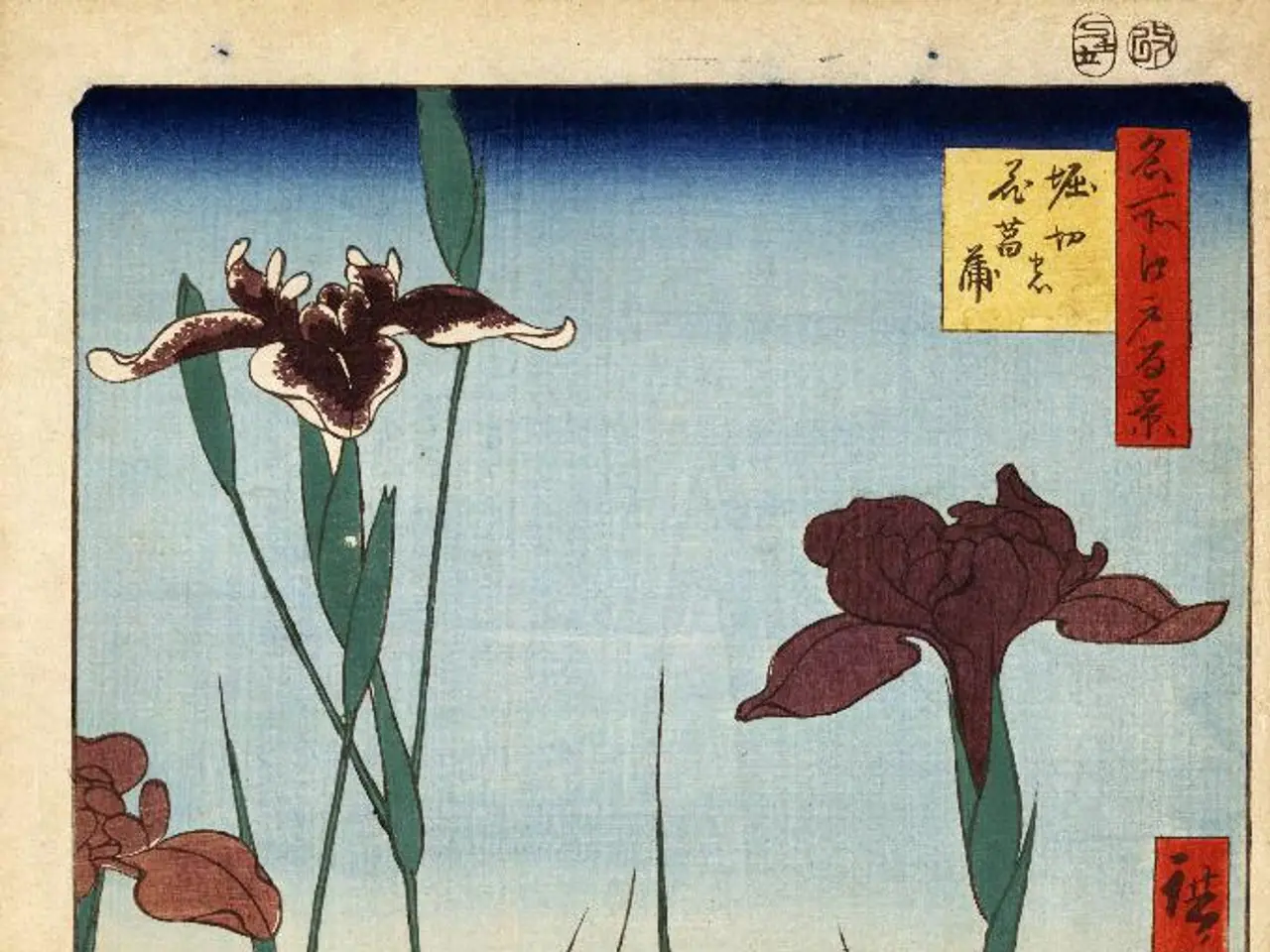Alternative Ground Medium for Your Planter: Smart Soil Alternatives
Planters are an essential part of gardening, but they don't have to be expensive or made from traditional materials. In this article, we explore various creative and environmentally friendly options for planters and their fillers.
Natural Fillers for Planters
Pinecones
Pinecones are a natural, lightweight, and inexpensive (often free if local) filler that offers good drainage and reduces soil volume. They help prevent soil compression and improve airflow, making them stable enough to hold soil yet light to handle[1].
Mulch (Wood chips and sticks)
Mulch made from wood chips and sticks is a relatively low-cost, biodegradable, and environmentally friendly option for planter fillers. They retain moisture, aid drainage, and reduce soil volume. However, avoid colored or pressure-treated wood due to chemical risks[1][2].
Coco Coir
Coco coir, made from coconut husks, is a moderately cheap, lightweight, and biodegradable alternative to traditional soil. It holds water but doesn't compact easily, making it suitable for heavy pots due to its cushioning and aeration properties[1].
Alternative Planter Fillers and Materials
Sand and Gravel
Sand is a cheap and heavy filler offering good drainage but adding significant weight. Gravel or paver base materials provide excellent drainage and stability. However, they are not biodegradable and may not be the most eco-friendly option[1][3].
Egg Cartons and Cardboard
Lightweight and cheap, egg cartons and cardboard can help reduce soil used but may degrade rapidly, potentially affecting stability and drainage negatively as they break down[1].
Organic Soil Amendments (Compost, Worm Castings)
While not typically used as fillers, organic soil amendments such as compost and worm castings are excellent for improving soil structure, moisture retention, and microbial life. They are biodegradable and environmentally friendly but don’t save soil volume as fillers do[2][4].
High-Tech Options (Root Control Fabrics, Plastic Drainage Mats)
Root control fabrics and plastic drainage mats provide secure, long-term drainage solutions and stability while being lighter than gravel. They are not biodegradable but effective in preventing root clogging and enhancing drainage longevity[3].
Summary of Characteristics
| Material | Cost | Weight | Environmental Impact | Drainage | Stability | Security | Biodegradability | |------------------|-------------|-------------|---------------------------------|----------------|--------------|-------------------|---------------------| | Pinecones | Low/Free | Light | Natural, eco-friendly | Good | Moderate | Good | Biodegradable | | Mulch/Wood Chips | Low | Light | Natural, avoid chemicals | Good | Moderate | Good | Biodegradable | | Coco Coir | Moderate | Light | Renewable, eco-friendly | Moderate | Moderate | Good | Biodegradable | | Sand | Low | Heavy | Neutral to negative (mining) | Good | High | Good | Non-biodegradable | | Gravel/Paver Base | Moderate | Heavy | Neutral (mining impact) | Excellent | High | Very good | Non-biodegradable | | Egg Cartons/Cardboard | Low | Light | Good, recyclable materials | Poor to Moderate| Low | Low | Biodegradable | | Compost/Worm Castings | Moderate| Light | Very eco-friendly, improves soil| Moderate | Not filler | N/A | Biodegradable | | Plastic Drainage Mats | Higher | Light | Non-biodegradable, durable | Excellent | High | Very good | Non-biodegradable |
Using natural fillers like pinecones, mulch, or coco coir balances cost, drainage, and environmental impact well, while gravel or paver base materials offer excellent drainage and stability at the cost of weight and environmental considerations[1][3].
Additional Planter Ideas
- Using rocks and broken ceramic as planter fillers requires sturdy materials that don't shift when adding soil.
- Leaves can be used as planter fillers, especially part-decomposed leaves, which break down over time and enrich the soil for plants.
- Cardboard boxes can be decorated with paint, twigs, buttons, or other embellishments.
- Wood chips can be used as planter fillers that help with drainage and break down over time, benefiting plants.
- Cardboard can be used as a weed barrier by placing pieces around plants and watering immediately.
- Cardboard can be used to create new growing areas by laying it over an area of the lawn and adding layers of organic material and soil or compost.
- Plastic bottles and milk jugs can also be cut to create gardening tools like scoops, watering cans, and plant labels.
- Decorating plastic bottle or milk jug planters is possible by spraying paint on the inside.
Pinecones, mulch, and coco coir are natural, cost-effective, and eco-friendly options for planter fillers, providing good drainage, stability, and biodegradability. On the other hand, plastics such as plastic drainage mats offer long-term drainage solutions and stability, but they are non-biodegradable.




